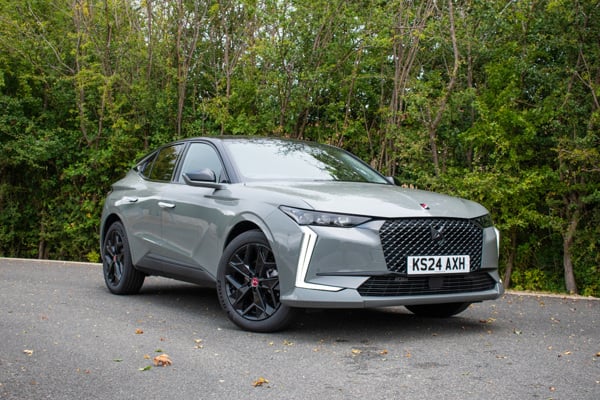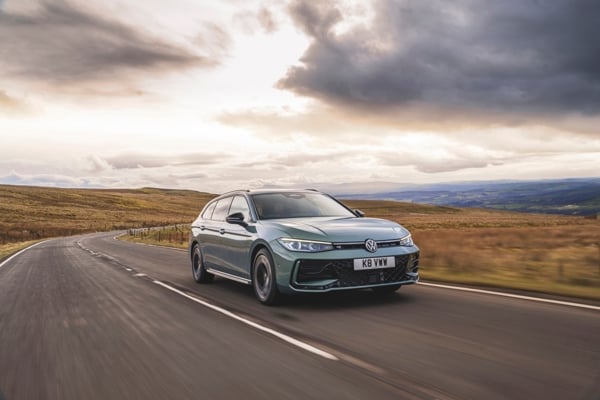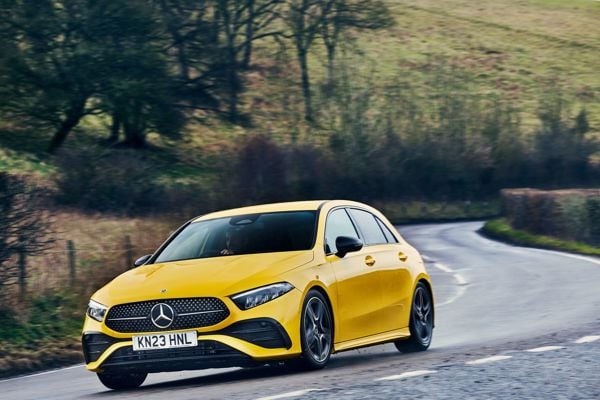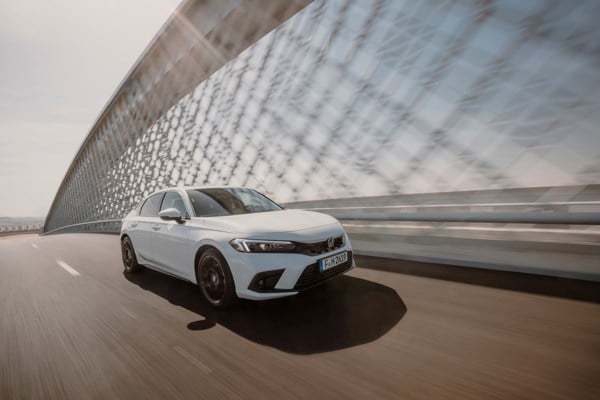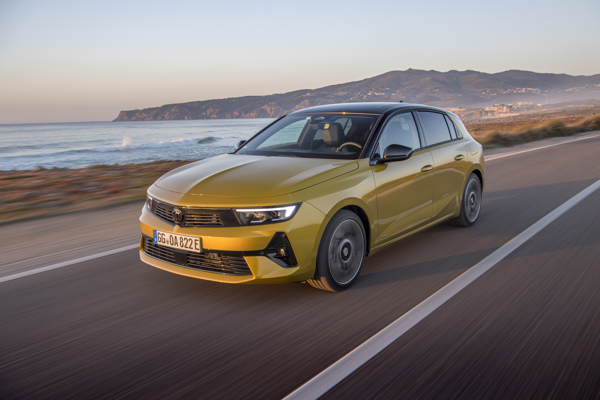Review
For many years, the Volkswagen Golf was the car against which all others were measured by fleet managers and company car drivers alike. More recently, though, it has been pushed out of the spotlight by both the clamour for compact SUVs and the competitive field in which it competes, not least against compelling rivals from within the Volkswagen Group stable from Skoda and Seat.
That’s not to say it isn’t an excellent car: during our long-term test of the Golf GTE last year we described it as “simply the best all-rounder” with a broad range of models, trim options and powertrains. And it was also Volkswagen’s best seller in 2022, with just over 26,500 registrations.
While this generation is now three years old, it clearly still has much to offer and, in the estate clothing tested here, even puts up a fight against the spacious SUVs by being arguably a more fleet-friendly and pragmatic job-need option for those needing the additional boot capacity.
OK, the wallet-munching 2.0-litre 320PS Golf R is slightly at odds with that contention, with running costs of 60p per mile – but the principle is sound, particularly with the 41ppm 1.5-litre eTSI petrol hybrid powertrain.
There's no plug-in hybrid Golf Estate, which means the benefit-in-kind proposition is less attractive than that of a Peugeot 308, Skoda Octavia or Vauxhall Astra.
Other powertrains on offer are the 1.0-litre three-cylinder TSI and the 2.0-litre TDI. The diesel is the most efficient, managing over 60mpg. The entry-level trims each attract similar tax costs, so drivers should opt for the powertrain that best suits their needs.
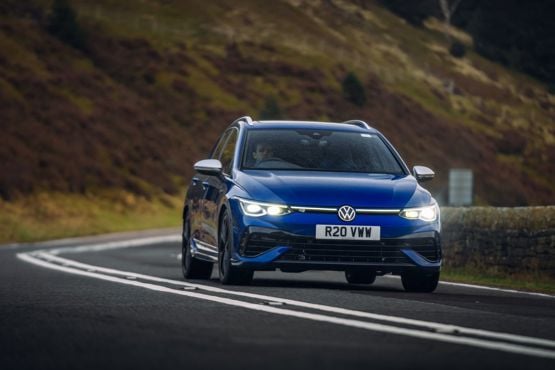
The R is most performance focused model and manages to sprint from 0-62mph in less than 5.0 seconds. It has all-wheel-drive, too, which gives fantastic grip and stability. Monthly tax bills from £280 per month may put some drivers off, but aren't much more than what you'd pay for a BMW 5 Series diesel.
Clearly, the whole point of this model is the boot. It has generous capacity of 611 litres compared to the hatchback’s 380 litres. That extends to 1,642 litres with the rear seats folded (hatchback: 1,237 litres). Both are up on the previous generation model by six litres and 22 litres respectively.
Access is good with a flat loading entrance and wide vertical sides to easily accommodate bulky luggage. Bag hooks and tie-down rings help to keep everything secured and the boot can be specified with a 12V socket or three-pin 230V socket to power a cool box or other appliance.
The boot space is better than the Focus estate’s 575 litres but is slightly smaller than compatriots Octavia which offers 640 litres and Leon with 617 litres.
At 2,686mm, the Golf estate’s wheelbase is 66mm longer than the previous version (and 67mm longer than the hatchback), while full length measures 4,633, which is an additional 35mm (and 349mm longer than the hatch).
That longer wheelbase also increases the legroom for rear passengers by 38mm, giving ample space for adults to sit in comfort.
Like all estates in this segment, sales figures are nominal. So far this year, the estate accounted for 3.5% of Golf registrations, down from 5% in full-year 2022 (which equated to just over 1,300 units).
Definitely worth considering if you need the boot space, but it appears to be a shrinking pool of customers.



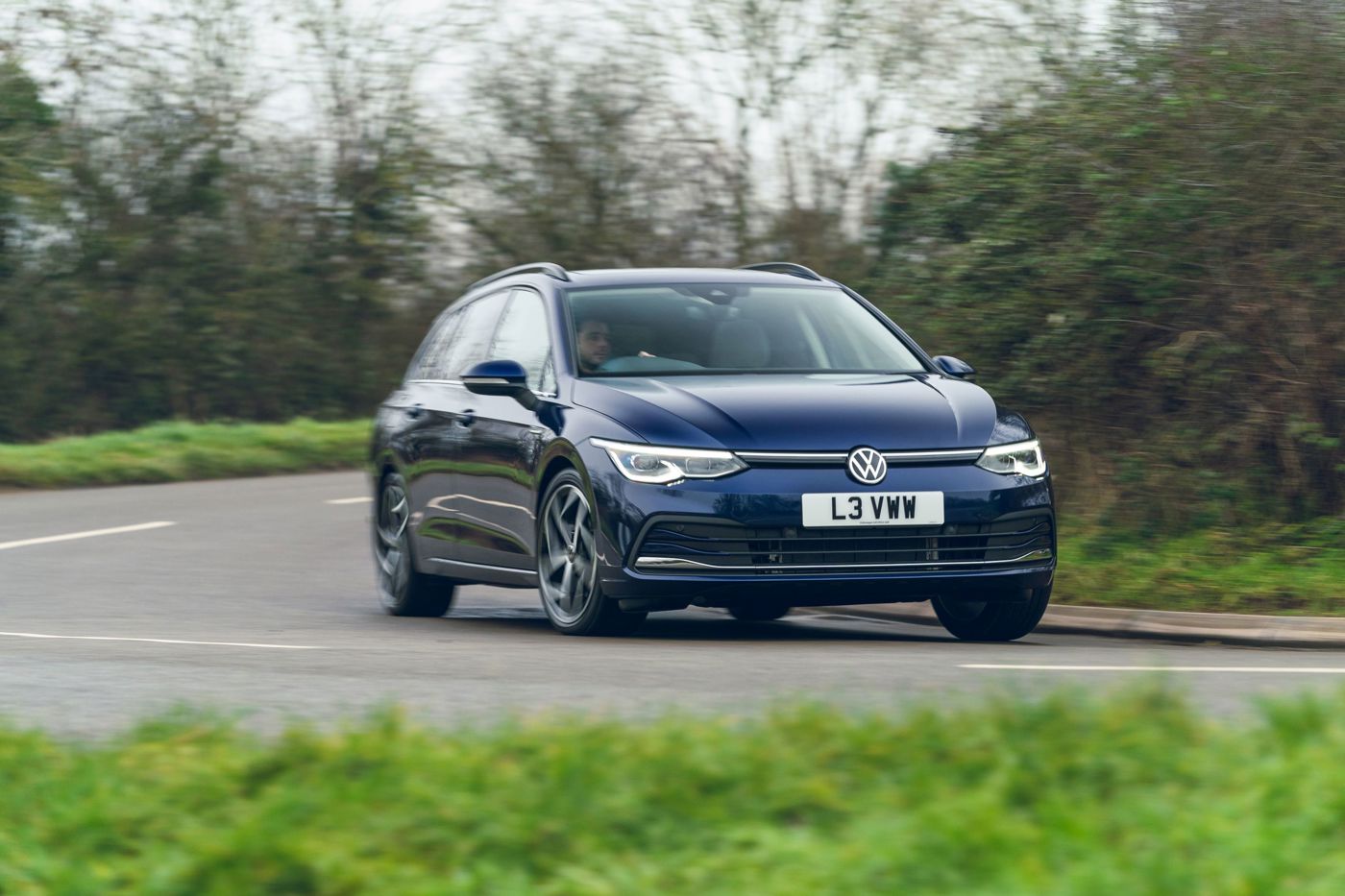












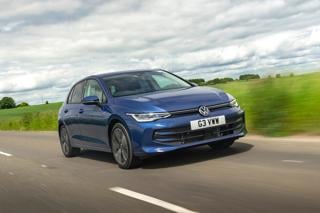

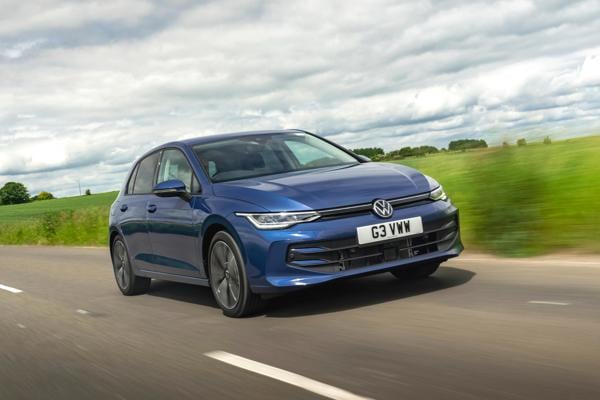
 Petrol
Petrol
